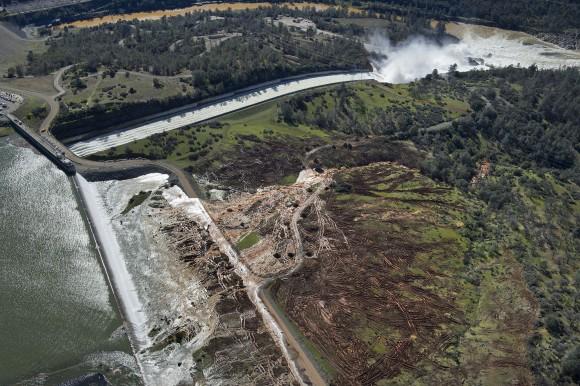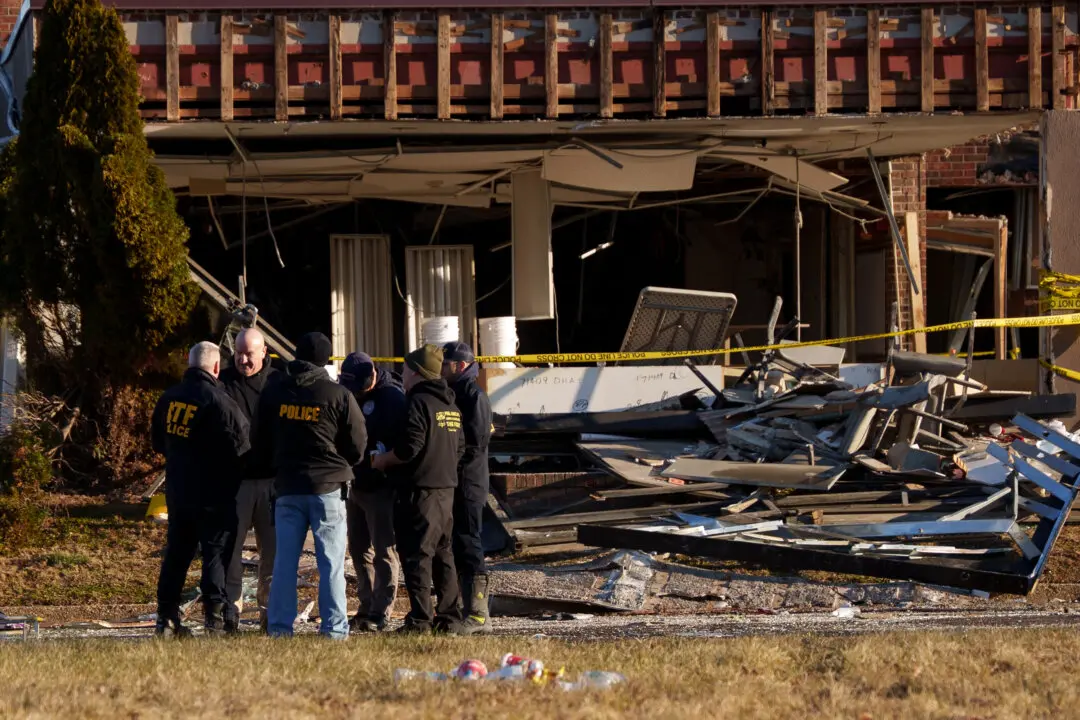OROVILLE, Calif.—A huge Northern California reservoir, held in place by a massive dam, has always been central to the life of the towns around it.
Now the lake that has brought them holiday fireworks and salmon festivals could bring disaster.
Nearly 200,000 people, who evacuated Sunday over fears that a damaged spillway at Lake Oroville could fail and unleash a wall of water, have to stay away indefinitely while officials race to repair it before more rains arrive Thursday.
Evacuees felt strange on Monday to see their beloved lake associated with urgent voices on the national news.
“Never in our lives did we think anything like this would have happened,” said Brannan Ramirez, who has lived in Oroville, a town of about 16,000 people, for about five years.






